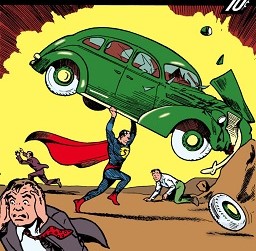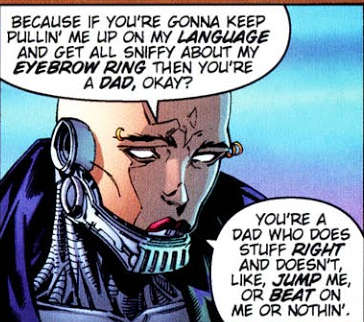
More #novemberhorror:
Jonathan Aycliffe (UK; en.wikipedia.org/wiki/Denis_Mac…) is a respected academic who writes think-pieces and thrillers as well as horror. I’m of the opinion that his horror is better than the rest of his work, despite those being more popular.
1/5
Jonathan Aycliffe (UK; en.wikipedia.org/wiki/Denis_Mac…) is a respected academic who writes think-pieces and thrillers as well as horror. I’m of the opinion that his horror is better than the rest of his work, despite those being more popular.
1/5
Aycliffe works in the Gothic mode, relying on psychological complexity, atmosphere, and setting to terrify the reader rather than overt horror or the suggestion of or appearance of the visceral or cosmic.
#novemberhorror
2/5
#novemberhorror
2/5
Aycliffe’s strengths are in creating the sense of an atmosphere sodden with terror & in creating modern characters w/modern strengths and foibles. Aycliffe is supremely good at mood, although sometimes at the expense of a novel’s plot.
#novemberhorror
3/5
#novemberhorror
3/5
His novels generally rework traditional horror plots and themes very competently for modern settings and characters. He’s always conscious of the tradition he is working in—he’s noted his debts to M.R. James and Bram Stoker.
#novemberhorror
4/5
#novemberhorror
4/5
Recommended starting place: either NAOMI’S ROOM (amazon.com/NaomiS-Room-Jo…) or A GARDEN LOST IN TIME (amazon.com/Garden-Lost-Ti…).
#novemberhorror
5/5
#novemberhorror
5/5
• • •
Missing some Tweet in this thread? You can try to
force a refresh









